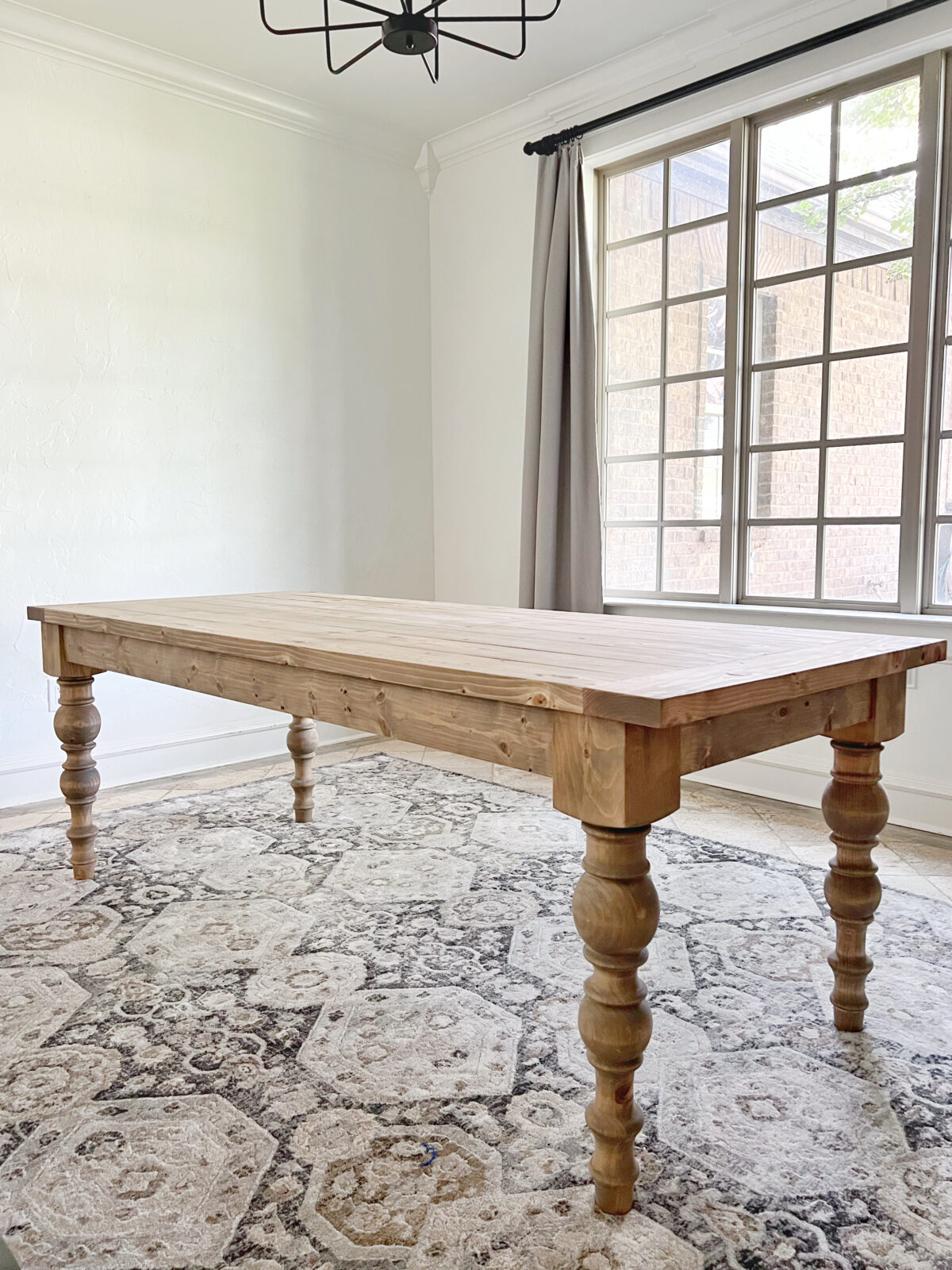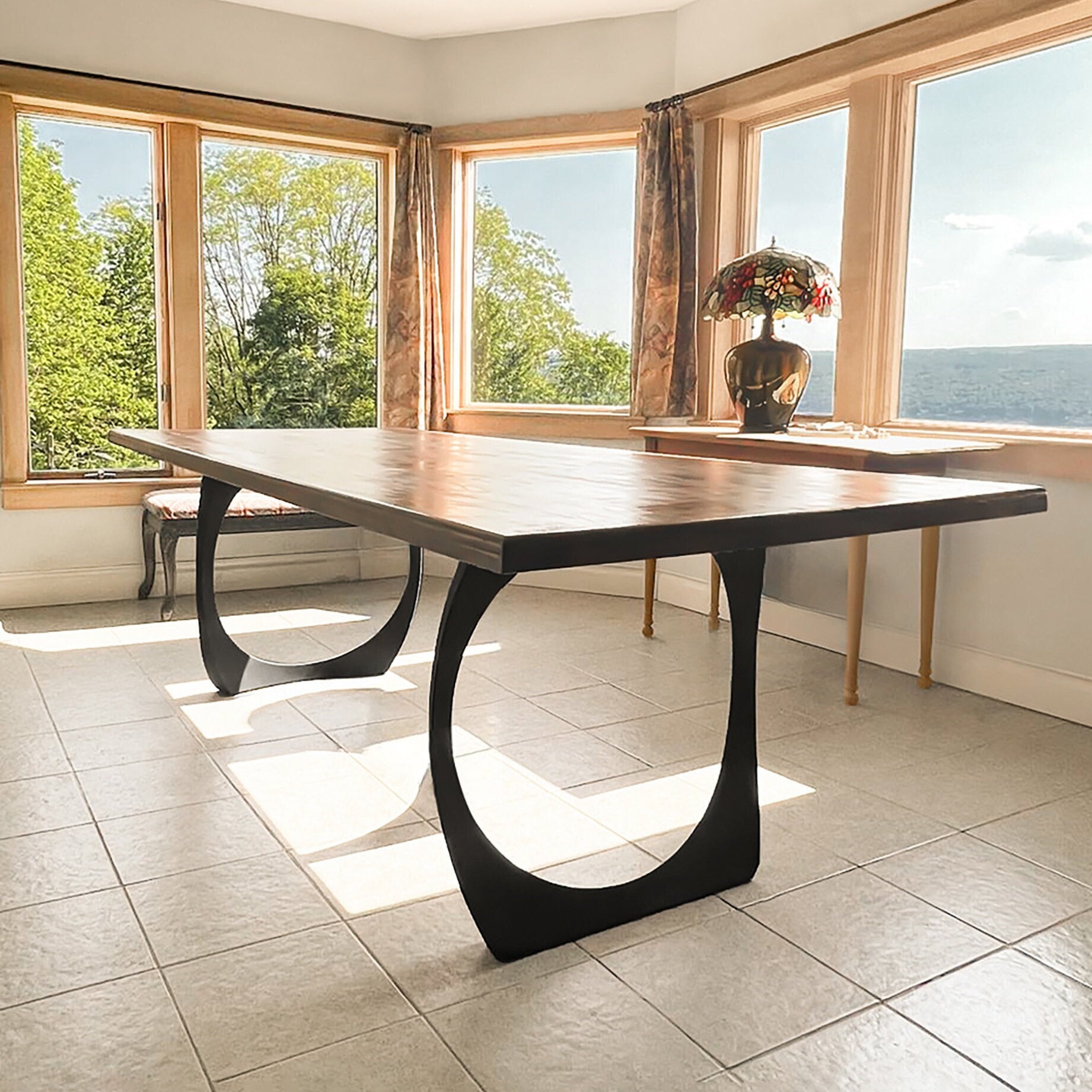An In-depth Check Out Table Leg Styles: Discovering the Ideal Match
Picking the best eating table leg style is crucial for both visual appeal and functional functionality. For those with larger tables, trestle legs make certain durable assistance, whereas barrette legs present a mid-century contemporary ambiance with their minimalist style. The x-shaped legs mix contemporary style with boosted stability.
Conventional 4 Legs
Amongst the numerous sorts of table leg styles, the conventional four-leg style continues to be a classic choice for numerous homes. This timeless arrangement offers a harmonious blend of functionality and aesthetics, making it a perennial favorite. Four legs provide balanced support, guaranteeing the table stays steady and efficient in bearing considerable weight. This is especially helpful for families that regularly host big celebrations or use their eating table for numerous objectives, such as job or crafting.
From an aesthetic perspective, the traditional four-leg layout can be conveniently adapted to various indoor designs. Whether crafted from wood, metal, or a mix of products, these legs can be intricately carved, streamlined and minimalistic, or anything in between. Their flexibility enables them to complement both rustic and modern setups effortlessly.
Furthermore, the straightforward framework of the four-leg design facilitates convenience of motion and placement within an area. Unlike more facility bases, this design reduces blockages, supplying sufficient legroom for restaurants. In summary, the traditional four-leg table leg style weds enduring style with functional functionality, making it a sharp choice for those looking for both form and feature in their dining furnishings.
Pedestal Base
Frequently celebrated for its classy and space-efficient design, the stand base is a notable alternative to the conventional four-leg arrangement in eating table leg designs. Without corner legs, diners are afforded higher flexibility of activity, making it an ideal choice for round and oval tables that promote more intimate and comprehensive celebrations.
In addition, the stand base's main support can handle substantial weight, enabling the usage of much heavier table tops, such as marble or thick wood. This stamina combined with its visual convenience makes the stand base a prominent choice in both conventional and contemporary interior settings. It can perfectly integrate with various design themes, from timeless style to minimal modernity. In addition, the main column itself supplies a canvas for detailed styles and creative expressions, adding an element of visual passion under the table. In summary, the stand base integrates performance snappy, making it a refined and sensible alternative for diverse dining settings.
Trestle Legs
Trestle legs supply a robust and classic foundation for eating tables, defined by their horizontal cross-bracing and strong support light beams. Originating from middle ages times, this design has actually progressed yet maintained its important structure, making it a perennial fave in both typical and contemporary setups. The central trestle beam of light, frequently sustained by two or even more upright articles, offers phenomenal stability, enabling larger table lengths without the demand for additional legs.
A substantial advantage of trestle leg tables is the adequate legroom they supply. Unlike tables with four edge legs, the lack of obstructions at the table's edges gives unimpeded area for chairs and restaurants, enhancing convenience and access. This makes trestle tables optimal for suiting bigger events, whether in an eating space or a banquet hall.
The aesthetic adaptability of trestle legs is significant. Available in a range of products such as timber, steel, and composite, they can be finished to complement a large range of interior styles. From rustic farmhouse to sleek contemporary styles, trestle legs can be tailored to match individual tastes. Their enduring charm and practical advantages make trestle legs an engaging selection for those looking for both design and practicality in their dining table.
Barrette Legs

The allure of hairpin legs depends on their simplicity and versatility - dining room table legs. Available in a range of materials, including steel and brass, they can be finished in numerous colors to enhance various interior styles. Whether paired with a rustic wood tabletop or a modern glass surface, hairpin legs easily mix functionality with a touch of vintage appeal
Resilience is one more remarkable feature of hairpin legs. In spite of their fragile look, these legs are crafted to bear substantial weight, making sure the table continues to be stable and protected. In addition, they are fairly very easy to mount, making them a popular choice for DIY enthusiasts and expert furniture makers alike.
X-Shaped Legs

Created why not find out more from materials such as steel, timber, or a mix of both, X-shaped legs can be tailored to match different layout preferences. Steel legs usually lend a streamlined and industrial feel, perfect for loft-style apartments and contemporary eating spaces. On the other hand, wood X-shaped legs supply a warmer, much more rustic charm, ideal for farmhouse or eclectic interiors. The convenience in materials allows house owners to tailor their table to better fit their general layout system.
Moreover, the engineering behind X-shaped legs guarantees even weight distribution, decreasing the threat of tottering and boosting resilience. This makes them especially appropriate for larger table that need extra assistance. Basically, X-shaped legs mix functional design with contemporary visual appeals, making them an ageless choice for diverse dining environments.
Conclusion
A comprehensive understanding of dining table leg designs reveals the distinctive features and advantages of each layout. Standard 4 legs provide stability and timeless allure, while stand bases supply legroom and a structured look. Trestle legs make certain durable support for larger tables, and hairpin legs present a mid-century contemporary aesthetic. X-shaped legs combine modern layout with improved stability. Picking the ideal leg design guarantees both functional and visual go to my blog contentment in any type of dining room.